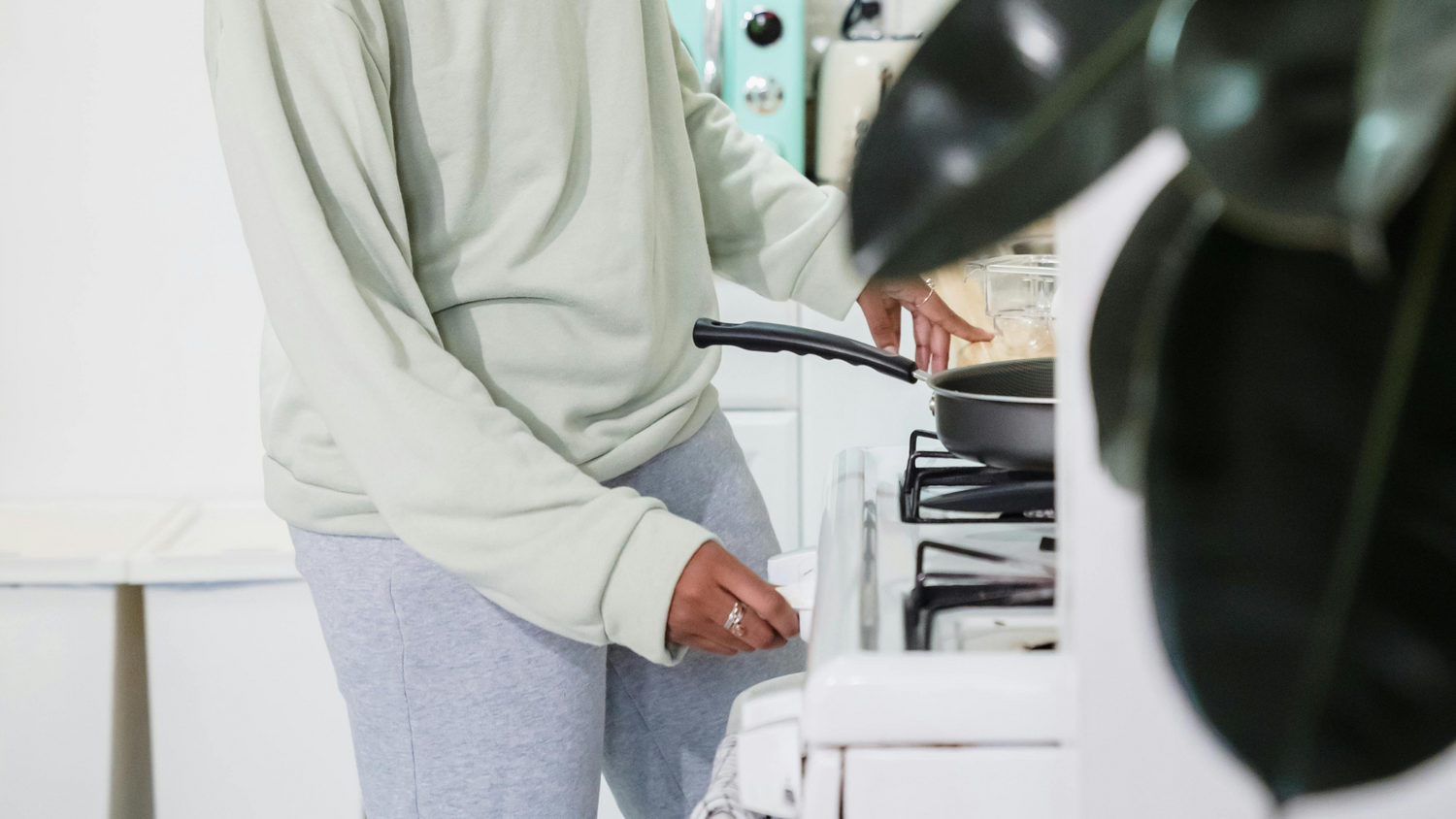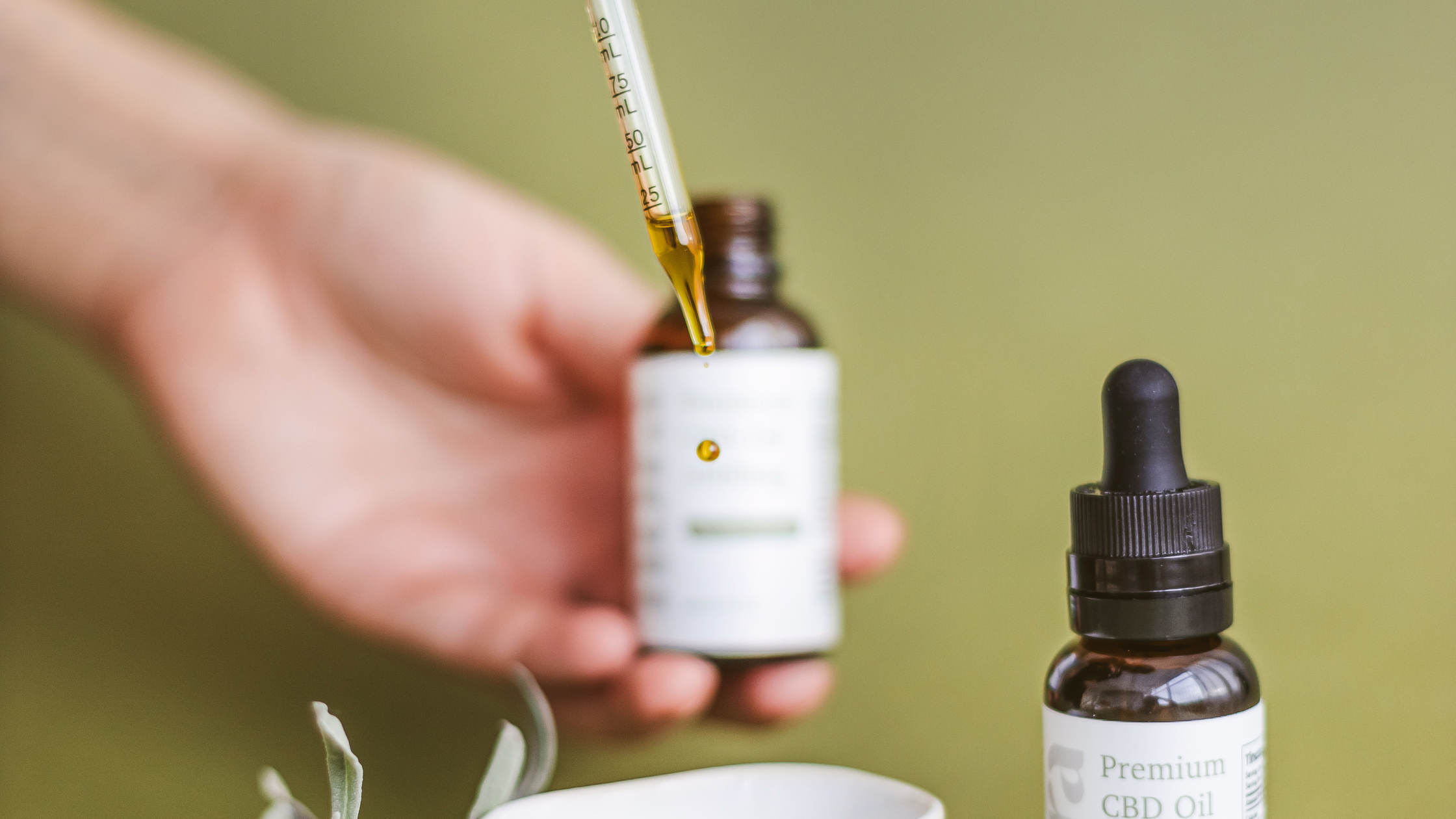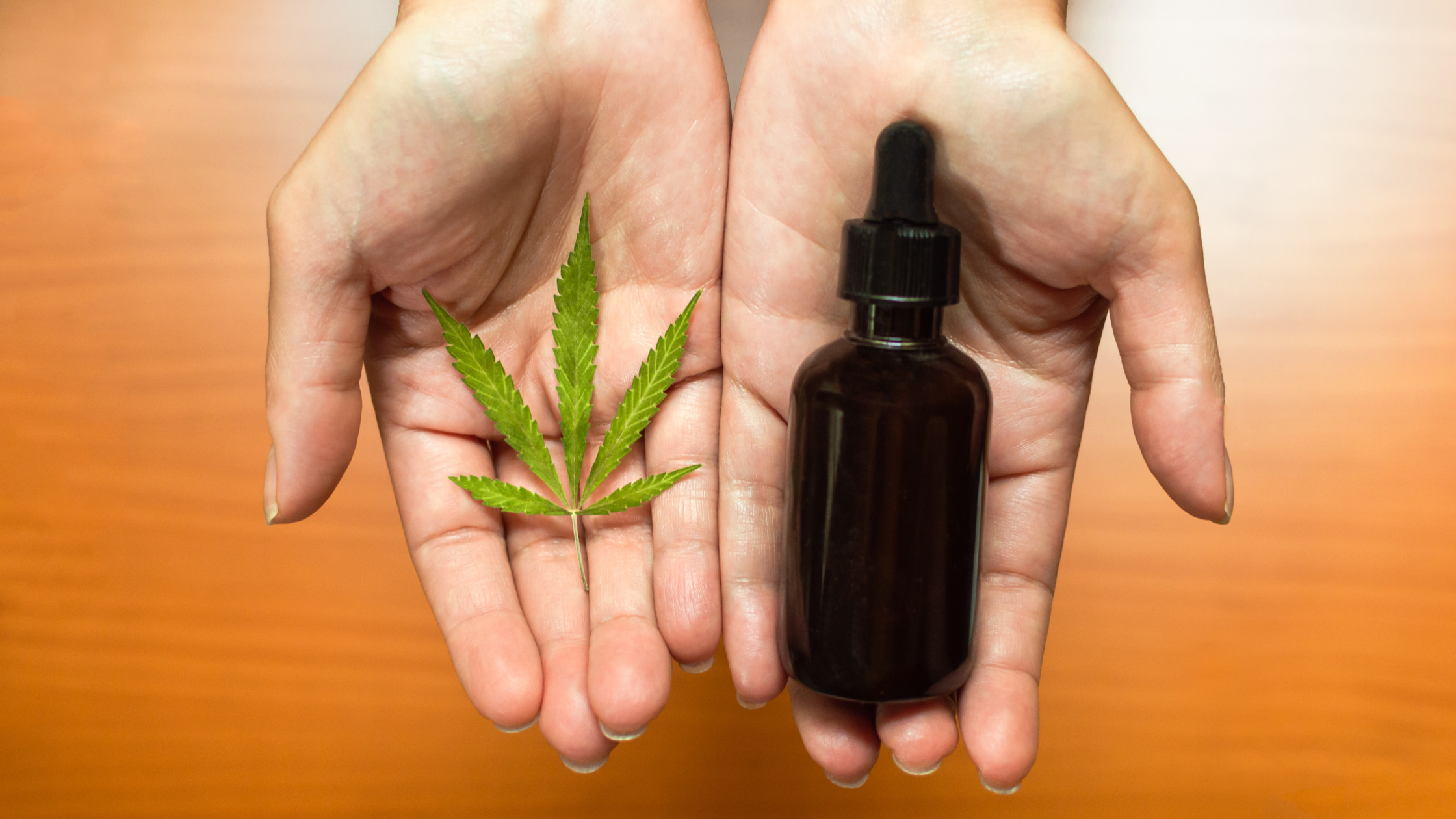If you’ve ever wondered why you can’t just eat raw cannabis and feel its effects, the answer lies in a little process called decarboxylation. Whether you're making edibles, tinctures, or infused oils, decarbing is the crucial first step to activating THC and CBD. Many people use an oven, but did you know you can also decarboxylate weed right on your stovetop? In this guide, we'll break down the science, give you step-by-step stovetop instructions, and share some expert tips so you can get the best results.
And remember—once you’ve infused your decarbed flower, a tCheck THC & CBD potency tester is the easiest way to know exactly how strong your creations are.
The Science Behind Decarboxylation
Cannabis in its raw form contains compounds like THCA and CBDA, which are non-intoxicating. Heat is what transforms them into THC and CBD, the compounds most associated with the effects people seek.
Here’s what happens during decarboxylation:
-
- THCA → THC
- CBDA → CBD
The process works by removing a carboxyl group (COOH) from the molecules. This change allows your body to absorb the cannabinoids more effectively. Without decarboxylation, eating raw cannabis won’t give you the effects you’re expecting.
How to Decarboxylate Weed on the Stovetop
 If you don’t have access to an oven—or just want to try another method—the stovetop works perfectly well with a little patience. Here’s a simple way to do it:
If you don’t have access to an oven—or just want to try another method—the stovetop works perfectly well with a little patience. Here’s a simple way to do it:
Materials You’ll Need:
-
- A medium saucepan or pot
- A glass jar with a lid (mason jar works best)
- Water
- Cannabis flower (roughly ground)
- Tongs or a heat-resistant glove
Step-by-Step Instructions:
-
-
Prepare Your Cannabis
- Lightly break up your cannabis flower into small chunks (not powder-fine). This ensures even heating.
-
Fill Your Pot with Water
- Add enough water to submerge at least half the jar when placed inside. This creates a gentle, controlled heat.
-
Place Cannabis in the Jar
- Add your ground flower to the glass jar and secure the lid loosely (not airtight—you need to allow some steam escape).
-
Simmer on the Stovetop
- Place the jar in the pot and bring the water to a gentle simmer (around 200°F / 93°C). Avoid a rolling boil, as that can damage cannabinoids.
-
Heat for 60–90 Minutes
- Allow the jar to simmer, checking the water level periodically. If it gets too low, add more hot water to keep the jar submerged.
-
Cool and Dry
- Carefully remove the jar with tongs and let it cool before opening. Your cannabis is now decarboxylated and ready to use!
-
Prepare Your Cannabis
Expert Tips & Tricks
-
- Use a thermometer: Keeping water between 200–212°F ensures you don’t burn off cannabinoids.
- Don’t skip the jar: Directly heating cannabis in a pan risks scorching and ruining potency.
- Check water frequently: Evaporation happens quickly on the stovetop. Add more hot water as needed.
- Keep it low and slow: Longer, gentle heat produces better results than cranking up the temperature.
- Test for potency: After infusing, use a tCheck THC & CBD potency tester to confirm strength and dose accurately.
Why Potency Testing Matters
 Decarbing is only half the equation—knowing your potency is what truly makes your homemade edibles or tinctures reliable. Without testing, you’re guessing how strong your cannabis creations are, which can lead to an experience that’s too weak—or too overwhelming.
Decarbing is only half the equation—knowing your potency is what truly makes your homemade edibles or tinctures reliable. Without testing, you’re guessing how strong your cannabis creations are, which can lead to an experience that’s too weak—or too overwhelming.
That’s where tCheck comes in. Our easy-to-use THC & CBD potency tester helps you measure the exact strength of your oils, butters, and tinctures in just minutes, right at home.
Take the guesswork out of your homemade infusions—learn more about tCheck here.








